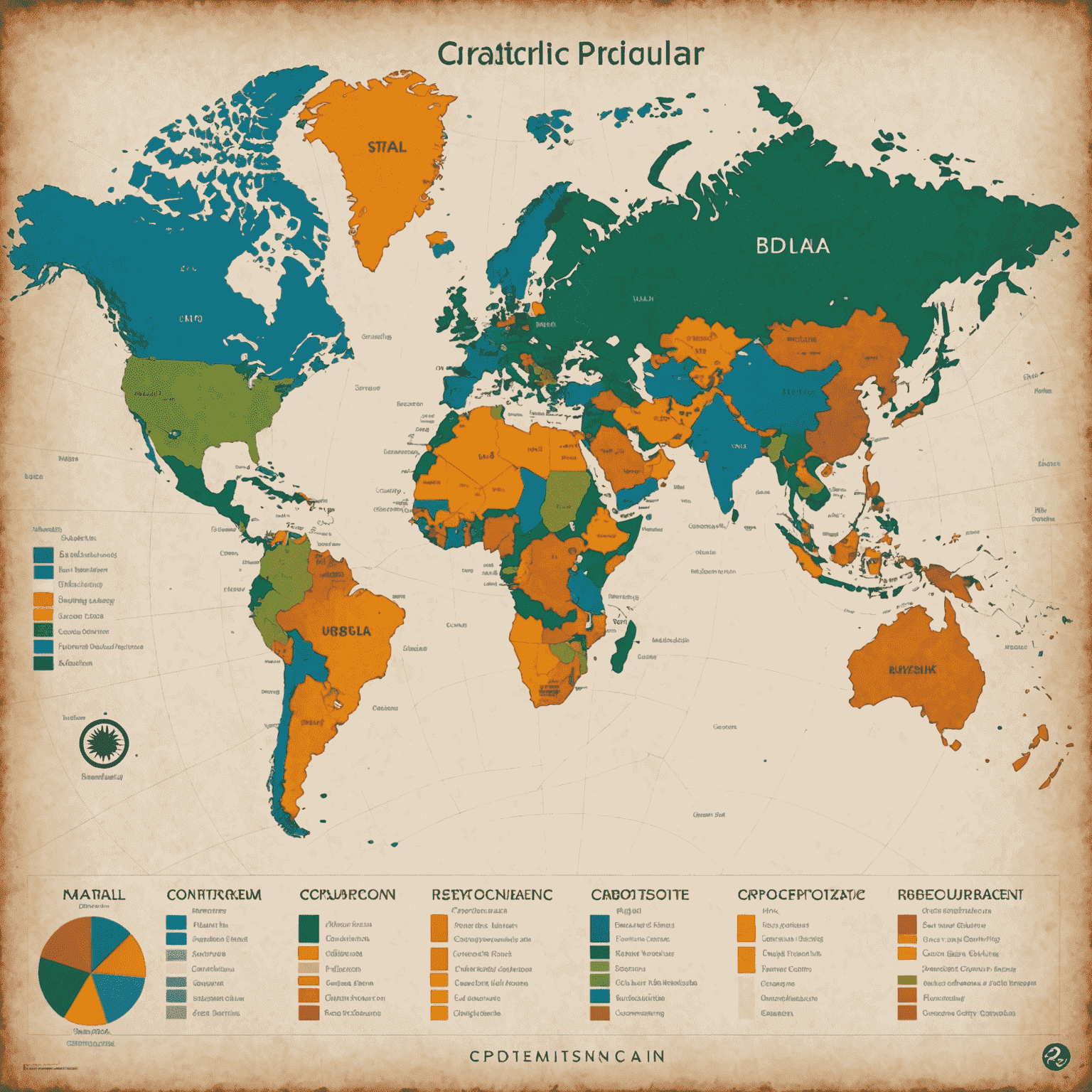Cryptocurrency Regulation Updates
Latest developments in cryptocurrency regulations across major financial hubs and their potential impact on the global market.

United States: SEC's Evolving Stance
The U.S. Securities and Exchange Commission (SEC) has recently intensified its scrutiny of cryptocurrency exchanges and token offerings. This heightened oversight has led to increased compliance requirements for crypto firms operating within the country. Industry experts suggest that these regulatory developments could significantly influence trading volumes and market dynamics on platforms like TradingView.
European Union: MiCA Regulation Implementation
The European Union's Markets in Crypto-Assets (MiCA) regulation is set to come into effect, establishing a comprehensive framework for cryptocurrency regulation across member states. This landmark legislation aims to provide clarity for crypto asset service providers and enhance investor protection. The implementation of MiCA is expected to have far-reaching implications for global crypto markets and could potentially influence trading strategies and asset valuations.
Asia: Diverse Regulatory Landscape
Asian financial hubs continue to adopt varied approaches to cryptocurrency regulation. While Singapore has maintained its position as a crypto-friendly jurisdiction with clear guidelines, China has reaffirmed its strict stance against crypto trading and mining. Japan and South Korea have implemented robust regulatory frameworks, focusing on consumer protection and anti-money laundering measures. These divergent approaches create a complex landscape for global crypto traders and investors to navigate.

Global Impact on Markets
The evolving regulatory landscape is likely to have significant implications for cryptocurrency markets worldwide. Increased regulation may lead to short-term market volatility but could ultimately foster greater institutional adoption and market maturity. Traders and investors using platforms like TradingView should closely monitor these regulatory developments, as they may influence trading patterns, liquidity, and overall market sentiment across various crypto assets.
Conclusion
As cryptocurrency regulations continue to evolve globally, market participants must stay informed and adapt their strategies accordingly. The interplay between regulatory frameworks and market dynamics will likely shape the future of the cryptocurrency ecosystem, influencing everything from trading strategies to long-term investment decisions in the global financial landscape.